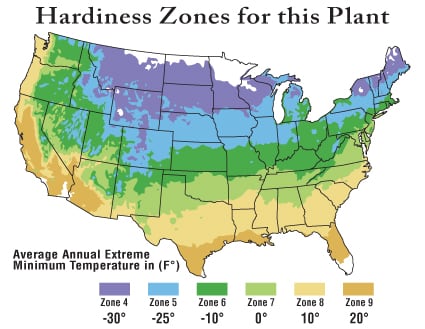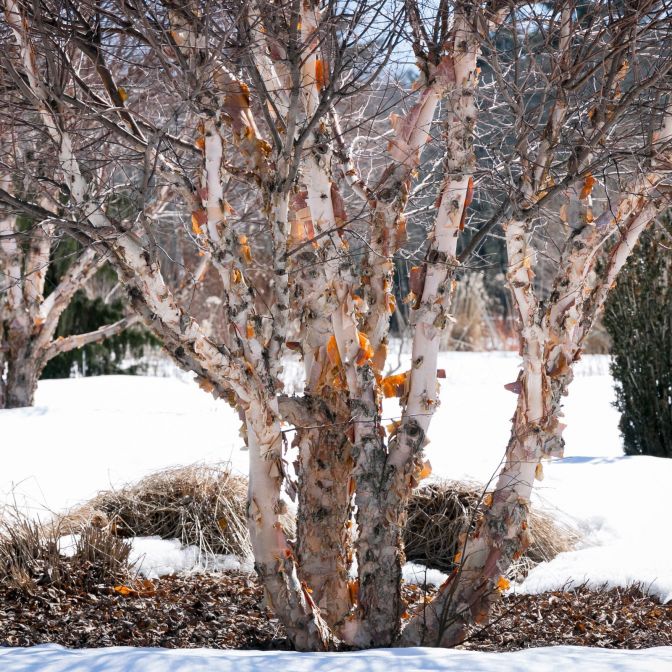River Birch
Plant Type: Dormant, bare-root
Zones: 4-9
Soil Type: Clay, Loamy & Sandy Soils
Site Selection: Full Sun, Partial Sun
Mature Height & Width: 50-70' Height and 40-60' Spread
Growth Rate: Moderate - 12-24" per year on average
Moisture Requirements: Average to wet soils






River Birch
Betula nigra
The River Birch is most widely known for its unique peeling display of cinnamon bark which comes off in curly, papery sheets. This tree is an excellent tree for all seasons; the fall and winter interest is spectacular. This selection is the most deer resistant of the birches and one of the more Birch Borer resistant birches available. The River Birch is an interesting tree that looks great either under landscape lighting or holding erosion at bay near your creek or stream. This birch tree is both drought resistant and flood tolerant for up to 2-3 months at a time once established.
This selection is sometimes known as the Red Birch, Black Birch or Water Birch.
The River Birch is drought tolerant once it is established although it may lose its leaves early in drought years. This tree is also flood tolerant for periods of up to three months long. In the home landscape, these trees look great in clumps of 3, 5 or 7 trees. As the branches grow on the River Birch, they tend to hang down. Trimming these trees up the first 6 to 8 feet once established allows you to see the beautiful cinnamon colored peeling bark and enjoy the rest of the beautiful shiny deep green leaves. Plant 3 to 5 per hole to make a future ornamental clump of birches.
Common uses for the River Birch include:
- Ornamental - interesting peeling bark display
- Erosion control along stream and river banks
- Tree for areas prone to temporary flooding
- Great cover for deer hunting plots
The seeds from the River Birch are sought by many songbirds and its catkins are favorites of Pine Siskins and Redpolls. The bottomland hardwoods in which River Birch occurs are prime wildlife habitat, providing nesting sites for waterfowl, and food and cover for many animals.







